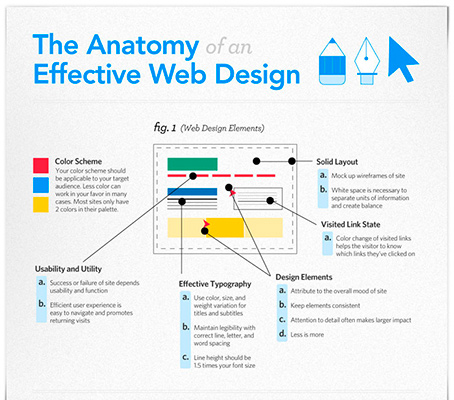The Effect Of Color On User Experience In Internet Growth
The Effect Of Color On User Experience In Internet Growth
Blog Article
Author-Zhu Hermann
Use the power of shade psychology in web site style to increase individual interaction and perception. Colors trigger emotions, share messages, and influence how individuals analyze your site. They affect habits and decision-making, so choose carefully. Cozy colors produce seriousness, while cooler tones cause relaxation. Contrasting shades aid highlight key elements. Colors shape your brand identity, enhancing acknowledgment and connection with your audience. By straightening shades with your brand worths and considering your target audience's choices, you can produce an aesthetically enticing and mentally resonant site. Your site's color design can make a significant difference in how customers perceive and communicate with your brand.
Significance of Shade Psychology
Understanding the relevance of shade psychology is critical for developing impactful and appealing web site designs that reverberate with your target market. Shades have the power to evoke emotions, communicate messages, and influence assumptions. By tactically choosing the right colors for your site, you can improve the overall user experience and leave a long-term impression.
Shade psychology plays an essential role fit the perception of your brand name. Different colors have special associations and meanings attached to them. As an example, blue is typically related to depend on and professionalism and reliability, while red can evoke feelings of enjoyment or necessity. By lining up the shades on your web site with your brand name worths and messaging, you can develop a strong visual identification that draws in and retains individuals.
Moreover, website design packages can influence customer behavior and decision-making. simply click the next site have shown that specific colors can affect how users regard details and engage with a website. By recognizing the emotional effects of colors, you can make an internet site that overviews users towards particular activities, such as making a purchase or enrolling in an e-newsletter.
Influence on User Behavior
Color selections in web site design can directly affect exactly how individuals behave and interact with the content provided. When users go to a web site, the shades used can stimulate details feelings and actions that influence their browsing experience. For example, cozy colors like red and orange can create a feeling of seriousness or exhilaration, motivating customers to take action quickly. On the other hand, trendy colors such as blue and eco-friendly have a tendency to have a relaxing result, ideal for advertising relaxation or count on.
Using contrasting shades can draw attention to vital components on a website, leading individuals in the direction of details locations like buttons or phones call to activity. Similarly, a well-balanced color scheme can boost readability and navigation, making it less complicated for users to find details and involve with the content. By purposefully including colors that align with your internet site's objective and target audience, you can properly influence user actions and improve total communication.
Enhancing Brand Name Identification
To establish a solid and well-known brand name identity via web site layout, think about exactly how color choices can play a crucial duty fit exactly how individuals perceive and connect with your brand. Colors evoke emotions and associations, making them powerful tools for conveying your brand's values and personality. Uniformity in color use across your website can aid enhance brand name recognition and develop a natural visual identity.
When picking colors for your site, think about just how different shades straighten with your brand name's message. For example, blue usually indicates credibility and professionalism, while environment-friendly can evoke feelings of development and eco-friendliness. By incorporating these color significances strategically, you can enhance your brand name's picture and interact with individuals on a subconscious level.
Keep in mind that color psychology isn't one-size-fits-all; it's necessary to consider your target market's choices and cultural distinctions when selecting colors. By leveraging the psychology of color in your web site style, you can strengthen your brand identity and leave a lasting impression on site visitors.
Conclusion
As you browse the vast sea of websites, bear in mind the power of color psychology guiding your every click. Like a painter with a palette, developers craft online experiences that stimulate feelings and shape perceptions.
From calming blues to dynamic reds, each hue plays a vital duty in capturing your interest and influencing your activities. So following time you browse the internet, take a moment to appreciate the virtuosity behind the colors that surround you.
